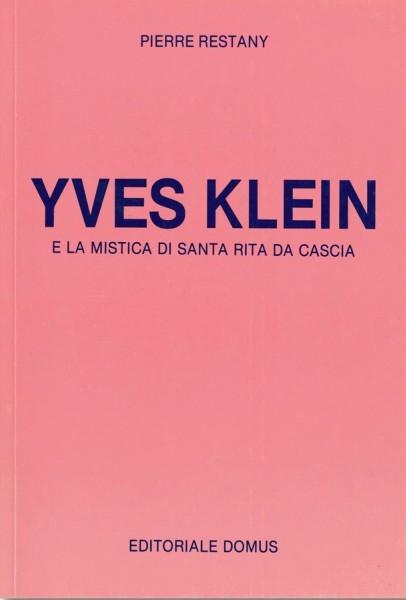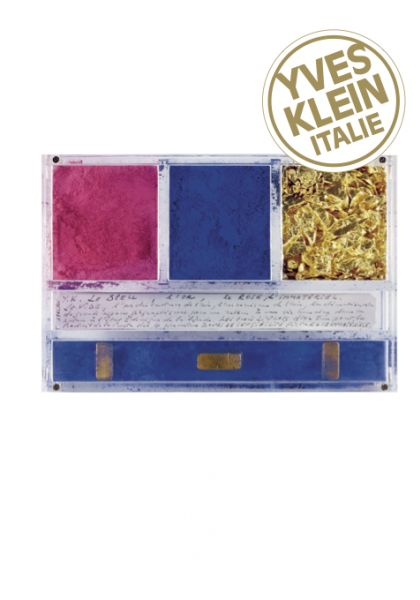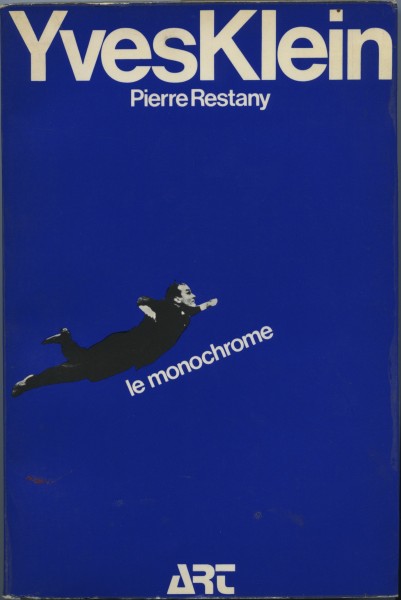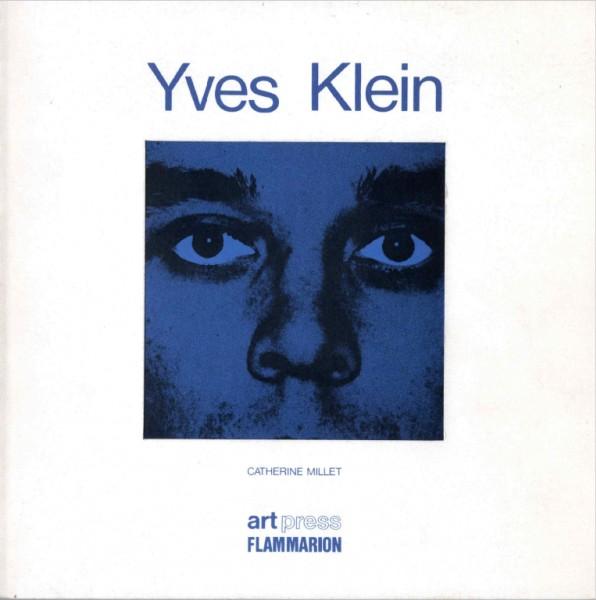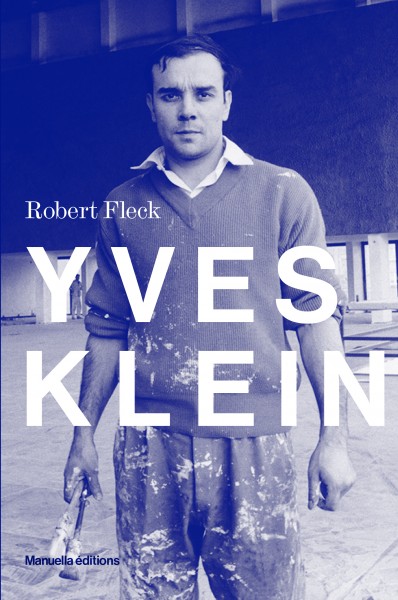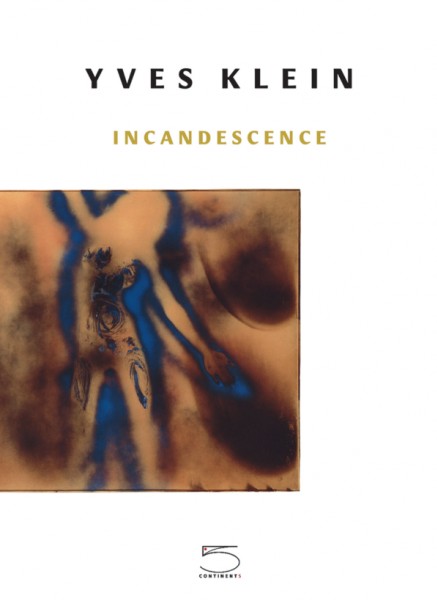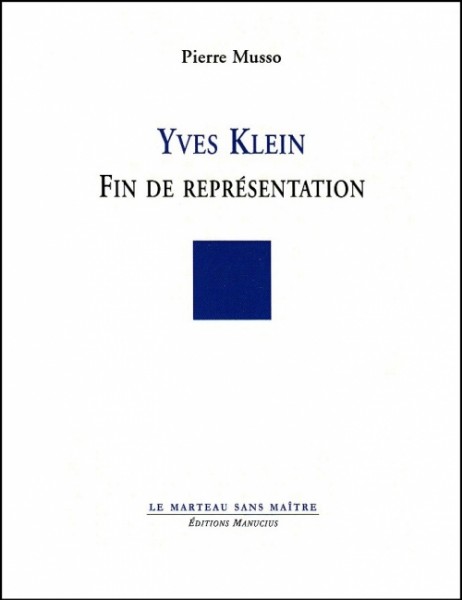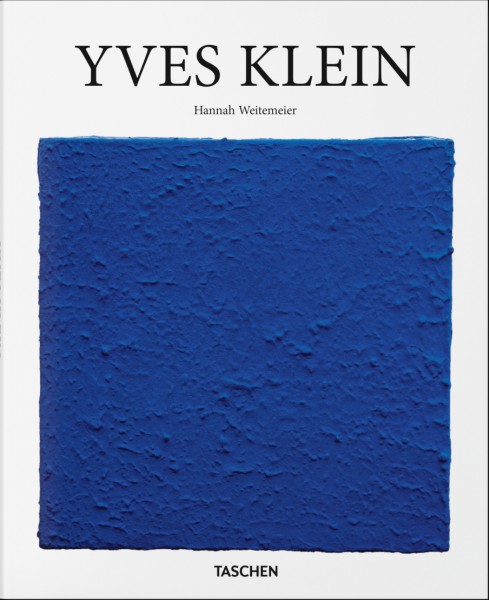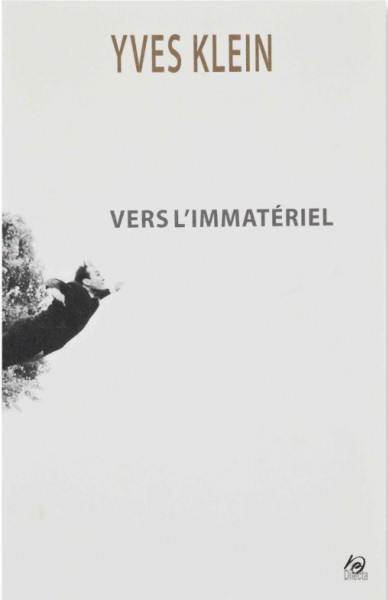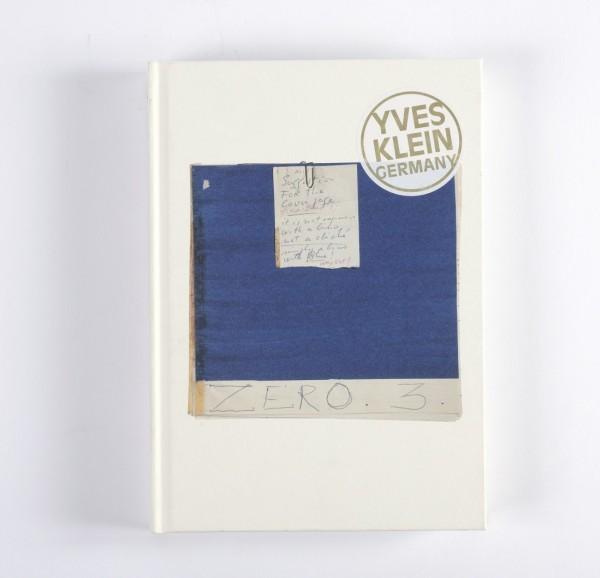
Book, 2017
Yves Klein Germany
Between 1957 and 1962, the year of his premature death, Yves Klein had a considerable number of exchanges wlth artists and Institutions in the young Federal Republic of Germany.
He spent several months in the Rhineland - in Düsseldorf or Gelsenkirchen - preparing exhibitions and creating new works on site. If we consider only his Sponge Reliefs, hls Air Architecture project or his Fire Paintings, it becomes clear that many of his visual and conceptual innovations were linked to hls experiences over the Rhine, amongst whlch his monumental project for the Foyer of the Gelsenkirchen Opera House - in collaboration with artists from France, Switzerland and Germany, perceived by Klein as the creation of a "European situation".
Far from the saturated and impenetrable Parisian scene, the painter - who nicknamed himself "Yves the Monochrome" - enjoyed unequalled success and recognition that reached their apogee in 1961 at the Museum Haus Lange in Krefeld, in what was the biggest solo exhibition of his lifetime. A genuine intermediarv, he built an effective network of contacts and friendships between France and Germany, loyal, in that respect, with the old avant-garde dream of a cosmopolitanism that reaches across frontiers.
After Yves Klein USA, this book, produced in collaboration with the Yves Klein Archives, presents about 250 documents, photographs and correspondences most of them previously unpublished, bearing witness to the close and friendly relationship Yves Klein tied with the German art scene.
Throughout the book, these travels, exchanges and encounters allow the reader to meet artists such as Norbert Kricke, Heinz Mack, Otto Piene, Günther Uecker, Konrad Klapheck, gallerist Alfred Schmela and Krefeld Museum's Dlrector Paul wember. Antje Kramer-Mallordy's essay and Rotraut Klein-Moquay's words will guide the reader through this cross-border adventure.
Editions Dilecta
He spent several months in the Rhineland - in Düsseldorf or Gelsenkirchen - preparing exhibitions and creating new works on site. If we consider only his Sponge Reliefs, hls Air Architecture project or his Fire Paintings, it becomes clear that many of his visual and conceptual innovations were linked to hls experiences over the Rhine, amongst whlch his monumental project for the Foyer of the Gelsenkirchen Opera House - in collaboration with artists from France, Switzerland and Germany, perceived by Klein as the creation of a "European situation".
Far from the saturated and impenetrable Parisian scene, the painter - who nicknamed himself "Yves the Monochrome" - enjoyed unequalled success and recognition that reached their apogee in 1961 at the Museum Haus Lange in Krefeld, in what was the biggest solo exhibition of his lifetime. A genuine intermediarv, he built an effective network of contacts and friendships between France and Germany, loyal, in that respect, with the old avant-garde dream of a cosmopolitanism that reaches across frontiers.
After Yves Klein USA, this book, produced in collaboration with the Yves Klein Archives, presents about 250 documents, photographs and correspondences most of them previously unpublished, bearing witness to the close and friendly relationship Yves Klein tied with the German art scene.
Throughout the book, these travels, exchanges and encounters allow the reader to meet artists such as Norbert Kricke, Heinz Mack, Otto Piene, Günther Uecker, Konrad Klapheck, gallerist Alfred Schmela and Krefeld Museum's Dlrector Paul wember. Antje Kramer-Mallordy's essay and Rotraut Klein-Moquay's words will guide the reader through this cross-border adventure.
Editions Dilecta
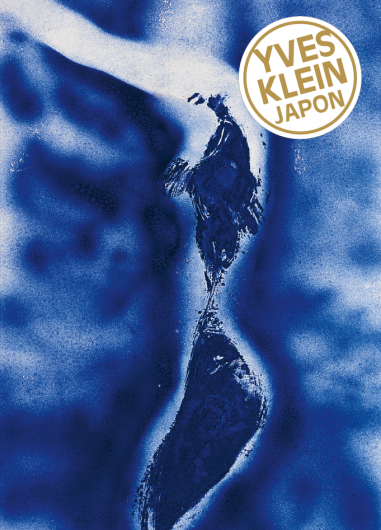
Book, 2020
Yves Klein Japon
Before Yves Klein became Yves the Monochrome, the now mythical Man of Blue, he had a passion for judo. In 1952, this fascination took him to Japan, where he obtained a 4th dan black belt. A few months after returning to France, Yves Klein simultaneously published Les Fondements du judo and Yves Peintures – the latter considered as his first public action as an artist. His long stay in Japan, punctuated by encounters and discoveries, certainly made a deep impression on Klein, and it continues to compel all those who are interested in his work.
After Yves Klein USA, this book, produced in collaboration with the Yves Klein Archives, presents about 250 documents, photographs and correspondences, most of them previously unpublished, bearing witness to the close and friendly relationship Yves Klein tied with the German art scene.
Éditions Dilecta
After Yves Klein USA, this book, produced in collaboration with the Yves Klein Archives, presents about 250 documents, photographs and correspondences, most of them previously unpublished, bearing witness to the close and friendly relationship Yves Klein tied with the German art scene.
Éditions Dilecta
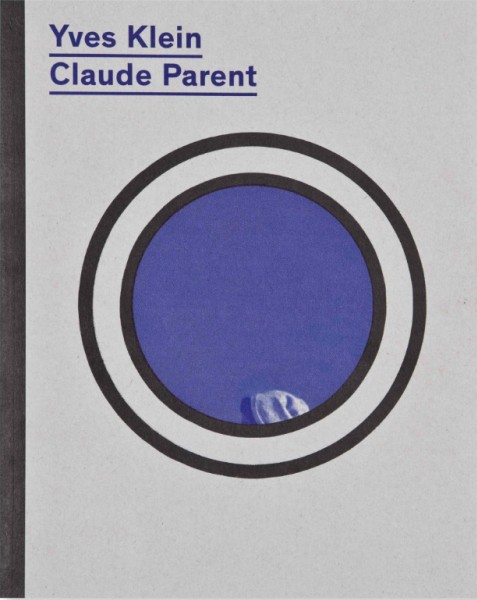
Book, 2013
Yves Klein Claude Parent Le Mémorial, Projet d'architecture
Through a selection of original drawings, pieces and photographs, The Memorial, an Architectural Project bring to light the intense relationship between Yves Klein and Claude Parent. Their encounter was made possible by Yves Klein’s “Air Architecture” project, which launched a relation full of creativity as the artist conceptualizes, and the architect draws and paint.
Documenting the fruitful collaboration of Yves Klein and Claude Parent through their multiple projects with Pneumatic Rocket, Air Architecture, or even the Warswaw Fountains. The book also traces back the Memorial project conceived by Claude Parent for Yves Klein, shortly after his death, on request of his mother Marie Raymond and her spouse, the artist Rotraut.
Until October 27th 2013, the two artists and their collaboration are celebrated at the Espace de l’Art Concret at château of Mouans-Sartoux, in the Alpes-Maritimes near Saint-Paul de Vence, where was imagined a memorial dedicated to the artist.
Editions Dilecta
Documenting the fruitful collaboration of Yves Klein and Claude Parent through their multiple projects with Pneumatic Rocket, Air Architecture, or even the Warswaw Fountains. The book also traces back the Memorial project conceived by Claude Parent for Yves Klein, shortly after his death, on request of his mother Marie Raymond and her spouse, the artist Rotraut.
Until October 27th 2013, the two artists and their collaboration are celebrated at the Espace de l’Art Concret at château of Mouans-Sartoux, in the Alpes-Maritimes near Saint-Paul de Vence, where was imagined a memorial dedicated to the artist.
Editions Dilecta
